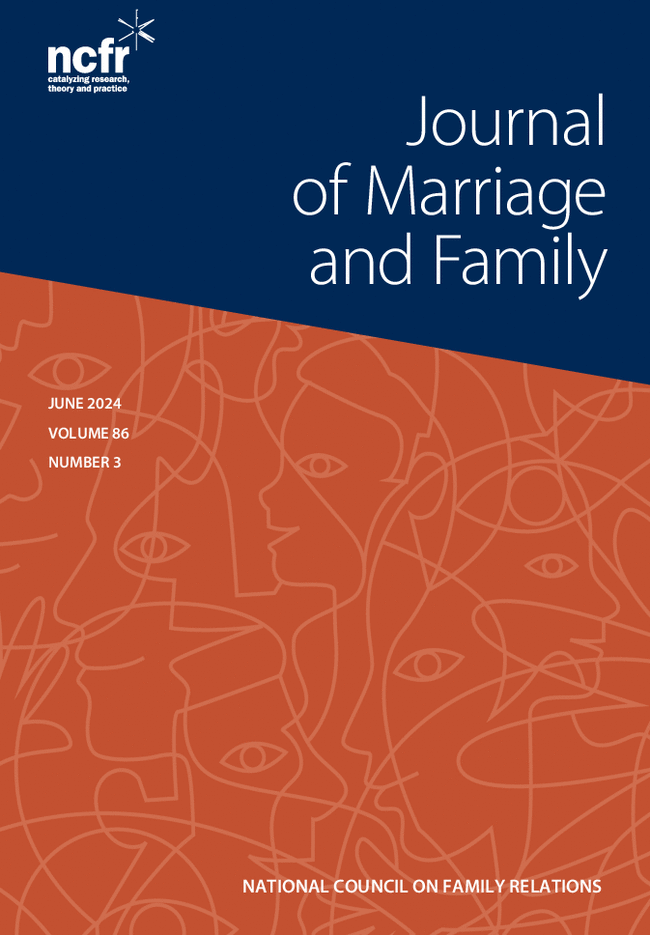下载PDF
{"title":"The Cancer Stem Cell Fraction in Hierarchically Organized Tumors Can Be Estimated Using Mathematical Modeling and Patient-Specific Treatment Trajectories.","authors":"Benjamin Werner, Jacob G Scott, Andrea Sottoriva, Alexander R A Anderson, Arne Traulsen, Philipp M Altrock","doi":"10.1158/0008-5472.CAN-15-2069","DOIUrl":null,"url":null,"abstract":"<p><p>Many tumors are hierarchically organized and driven by a subpopulation of tumor-initiating cells (TIC), or cancer stem cells. TICs are uniquely capable of recapitulating the tumor and are thought to be highly resistant to radio- and chemotherapy. Macroscopic patterns of tumor expansion before treatment and tumor regression during treatment are tied to the dynamics of TICs. Until now, the quantitative information about the fraction of TICs from macroscopic tumor burden trajectories could not be inferred. In this study, we generated a quantitative method based on a mathematical model that describes hierarchically organized tumor dynamics and patient-derived tumor burden information. The method identifies two characteristic equilibrium TIC regimes during expansion and regression. We show that tumor expansion and regression curves can be leveraged to infer estimates of the TIC fraction in individual patients at detection and after continued therapy. Furthermore, our method is parameter-free; it solely requires the knowledge of a patient's tumor burden over multiple time points to reveal microscopic properties of the malignancy. We demonstrate proof of concept in the case of chronic myeloid leukemia (CML), wherein our model recapitulated the clinical history of the disease in two independent patient cohorts. On the basis of patient-specific treatment responses in CML, we predict that after one year of targeted treatment, the fraction of TICs increases 100-fold and continues to increase up to 1,000-fold after 5 years of treatment. Our novel framework may significantly influence the implementation of personalized treatment strategies and has the potential for rapid translation into the clinic. Cancer Res; 76(7); 1705-13. ©2016 AACR.</p>","PeriodicalId":48440,"journal":{"name":"Journal of Marriage and Family","volume":"82 1","pages":"1705-13"},"PeriodicalIF":2.7000,"publicationDate":"2016-04-01","publicationTypes":"Journal Article","fieldsOfStudy":null,"isOpenAccess":false,"openAccessPdf":"https://www.ncbi.nlm.nih.gov/pmc/articles/PMC4900896/pdf/","citationCount":"0","resultStr":null,"platform":"Semanticscholar","paperid":null,"PeriodicalName":"Journal of Marriage and Family","FirstCategoryId":"3","ListUrlMain":"https://doi.org/10.1158/0008-5472.CAN-15-2069","RegionNum":1,"RegionCategory":"社会学","ArticlePicture":[],"TitleCN":null,"AbstractTextCN":null,"PMCID":null,"EPubDate":"2016/2/1 0:00:00","PubModel":"Epub","JCR":"Q1","JCRName":"FAMILY STUDIES","Score":null,"Total":0}
引用次数: 0
引用
批量引用
Abstract
Many tumors are hierarchically organized and driven by a subpopulation of tumor-initiating cells (TIC), or cancer stem cells. TICs are uniquely capable of recapitulating the tumor and are thought to be highly resistant to radio- and chemotherapy. Macroscopic patterns of tumor expansion before treatment and tumor regression during treatment are tied to the dynamics of TICs. Until now, the quantitative information about the fraction of TICs from macroscopic tumor burden trajectories could not be inferred. In this study, we generated a quantitative method based on a mathematical model that describes hierarchically organized tumor dynamics and patient-derived tumor burden information. The method identifies two characteristic equilibrium TIC regimes during expansion and regression. We show that tumor expansion and regression curves can be leveraged to infer estimates of the TIC fraction in individual patients at detection and after continued therapy. Furthermore, our method is parameter-free; it solely requires the knowledge of a patient's tumor burden over multiple time points to reveal microscopic properties of the malignancy. We demonstrate proof of concept in the case of chronic myeloid leukemia (CML), wherein our model recapitulated the clinical history of the disease in two independent patient cohorts. On the basis of patient-specific treatment responses in CML, we predict that after one year of targeted treatment, the fraction of TICs increases 100-fold and continues to increase up to 1,000-fold after 5 years of treatment. Our novel framework may significantly influence the implementation of personalized treatment strategies and has the potential for rapid translation into the clinic. Cancer Res; 76(7); 1705-13. ©2016 AACR.
利用数学建模和患者特异性治疗轨迹可估算分层组织肿瘤中的癌症干细胞比例
许多肿瘤都是由肿瘤启动细胞(TIC)或癌症干细胞亚群分层组织和驱动的。TIC具有重现肿瘤的独特能力,被认为对放疗和化疗有很强的抵抗力。治疗前肿瘤扩张和治疗中肿瘤消退的宏观模式与 TIC 的动态变化息息相关。迄今为止,还无法从宏观肿瘤负荷轨迹中推断出TICs比例的定量信息。在这项研究中,我们基于一个描述分层组织肿瘤动态的数学模型和来自患者的肿瘤负荷信息,提出了一种定量方法。该方法确定了肿瘤扩张和消退过程中两种特征性的平衡 TIC 体系。我们的研究表明,肿瘤扩张和回归曲线可用于推断个体患者在检测时和持续治疗后的 TIC 分数。此外,我们的方法不需要参数;它只需要了解患者在多个时间点的肿瘤负荷,就能揭示恶性肿瘤的微观特性。我们在慢性髓性白血病(CML)病例中证明了这一概念,我们的模型再现了两个独立患者队列的临床病史。根据 CML 患者的特异性治疗反应,我们预测靶向治疗一年后,TIC 的比例会增加 100 倍,治疗 5 年后,TIC 的比例会继续增加,最高可达 1,000 倍。我们的新框架可能会极大地影响个性化治疗策略的实施,并有可能迅速应用于临床。Cancer Res; 76(7); 1705-13。©2016 AACR。
本文章由计算机程序翻译,如有差异,请以英文原文为准。


